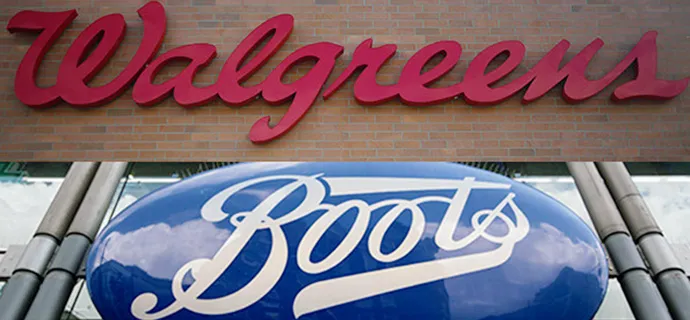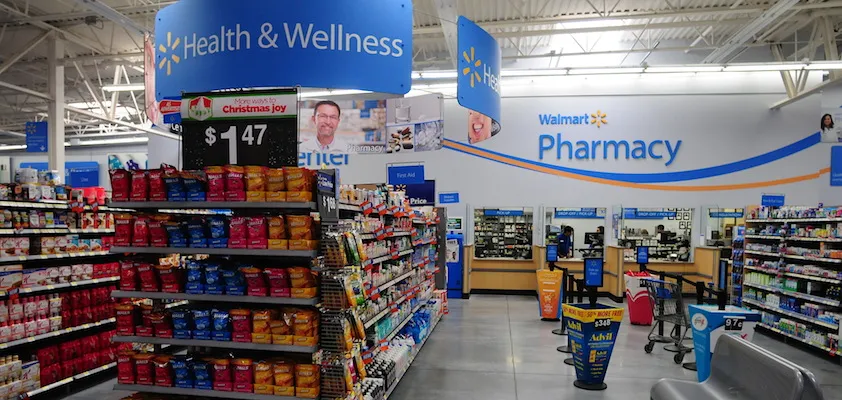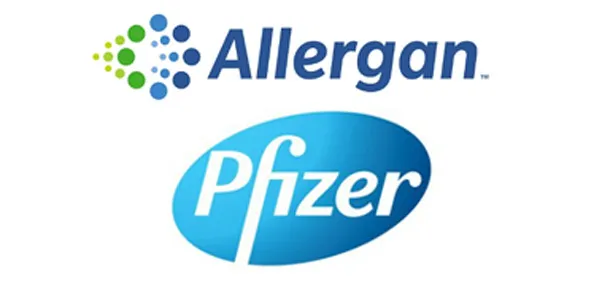Walgreens Boots Alliance experienced a rite of passage earlier this month when for the first time it reported quarterly earnings. The financial performance of the self-described international pharmacy-led health and well-being enterprise, formed last December by the merger of Walgreens and Alliance Boots, was noteworthy, with adjusted earnings far exceeding the projections of Wall Street analysts.
Even more impressive was the command shown by members of WBA’s new management team, headed by Stefano Pessina, the chief architect of the deal who now serves as executive vice chairman and acting chief executive officer, during a conference call to discuss the results. For more than an hour, Pessina and his colleagues, who included George Fairweather, the company’s global chief financial officer, and Walgreens president Alex Gourlay, offered an unflinching look at the organization, the work already under way to hone operations and capitalize on synergies, and prospects for the future.
The WBA executives exhibited a sense of competence and confidence throughout the conversation, as well as at a subsequent two-day meeting with financial analysts in New York City. Pessina and his colleagues made it clear that they know the retail pharmacy and drug distribution businesses very well, understand the strengths and weaknesses of WBA, and intend to take a methodical approach to raising performance levels, particularly at the Walgreens drug chain.
The expansion of WBA’s cost-reduction initiative illustrates the course that has been set. After a hard look at retail operations in the U.S., it was determined that an additional $500 million in expenditures could be eliminated by 2017, raising the total savings by 50% to $1.5 billion. A revamped field organization, increased operating efficiency and streamlined information technology are among the areas of focus.
Some of the savings will come from the closure of 200 stores. The divergence between reaction to the move — mostly in the press, rather than the financial community — and management’s view is instructive. Some headlines made it seem that Walgreens was in the midst of major retrenchment, when in reality the company was establishing a rational procedure for optimizing its store base.
Gourlay pointed out during the conference call that some 200 outlets would be opened over the next three years, and Pessina offered a broader perspective. “In reality all retailers should have a maintenance program for their stores,” he said. “When you have such a vast territory, such a high number of stores, ineluctably you will have some stores which maybe have been profitable in the past but are not particularly exciting today. And you will need to open stores in areas which didn’t even exist in the past. This program has not been done in the past in an orderly fashion.”
Pessina’s levelheadedness extended to another topic that has received a lot of attention of late, the possibility of an imminent acquisition by WBA, with Rite Aid surprisingly cited as the likely candidate. “The American market is ready for another round of consolidation,” he asserted, “because margins are squeezed everywhere. So the complex structure of delivering medicines to patients will have to be rationalized.”
He went on to say that the process could entail additional horizontal mergers and acquisitions, but it’s likely there will also be vertical consolidation, as well as joint ventures among health care stakeholders.
“The fact that we have not finished this job [assimilating WBA’s operations] doesn’t mean that we can’t do something else in the meantime,” said Pessina. “Any big, important opportunity takes months to be perfected, to come to life. So we will have time to continue our integration while discussing other possibilities. Of course, if we see opportunities, we will be ready.”









